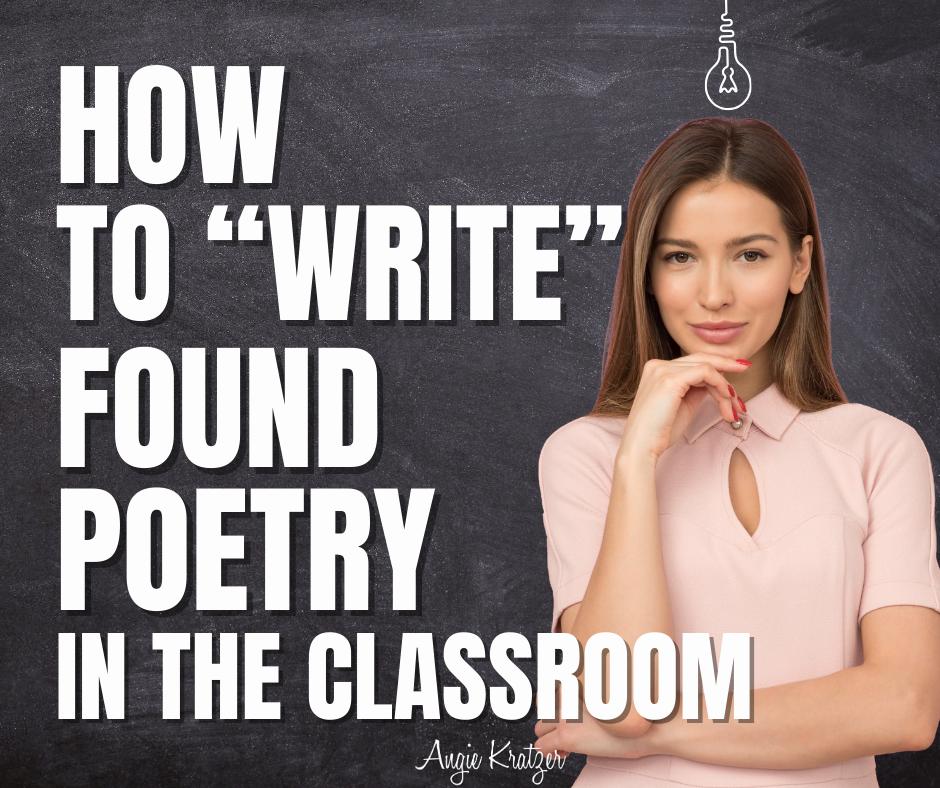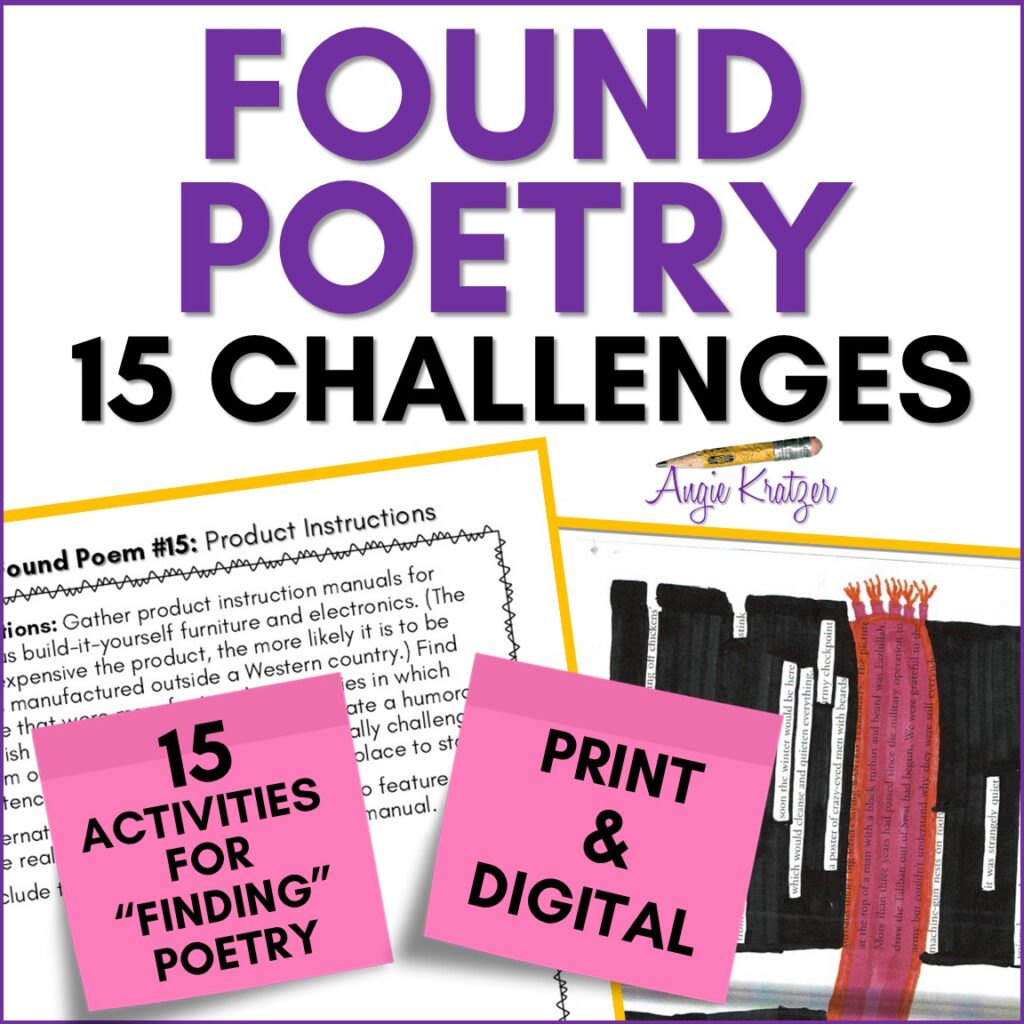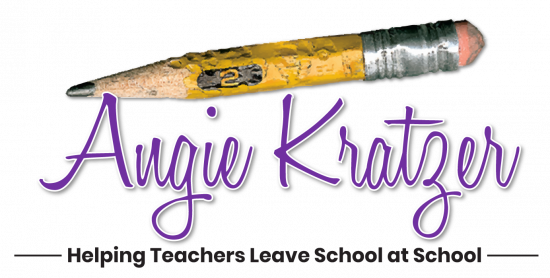Found poetry can be a beautiful thing, and sometimes, it can be eerily on point. What do I mean?
Imagine finding 100 sticky notes in your mom’s home office after she passes, and you use those to construct a found poem. The crazy, fun thing is that the poem ends up —almost accidentally— being an accurate depiction of her personality.
But was that found poem an accident? Maybe not. This type of poetry (my favorite kind, by the way) can either be pulled directly from wording that presents itself, arranged intentionally, or manipulated or altered to develop a theme. We’ll look at all three approaches.

How to Write Found Poetry Approach #1: Direct Found Poems
Taking discovered wording and using it without manipulation is probably the essential definition of found poetry. It can be
- a long note someone left on the fridge.
- an odd grocery list.
- longish bathroom graffiti (Check out Caitlin Cook’s mini song here. Teachers, most of her material is NOT classroom appropriate, but this one is kinda cute.)
- a funny, miscommunicated text exchange

Approach #2: Arranged Lists
Arranged lists are a little time consuming to develop but are a lot of fun to put together and share in class. Students push past prescribed form and create something new out of something that already exists, like a synthesis of others’ language.
Arranged lists might be
- a collection of rude comments left on social media posts.
- a collection of comments teachers have left on essays.
- a collection of one-liners from student essays.
- a collection of bathroom graffiti or public tagging.
- a collection of words scratched into old school desks.
- a collection of funny or ironic autocorrections.
- a collection of suggested text from one phone user or several.
Approach #3: Thematic Arrangements
Thematic arrangements from a set text can be one of the most powerful ways to teach theme in fiction and thesis/claim in nonfiction. Blackout poetry is an example of this, but I prefer student collection of language that is later manipulated to present the thesis of a specific nonfiction chapter. These are the two basic types:
- words, phrases, and lines pulled from one chapter of a novel (GREAT way to reinforce student understanding of theme!)
- blackout poetry (One page of nonfiction or fiction is used to reverse engineer a poem, and artwork reinforces the thesis or theme.)
In an ELA classroom, WHY would you want to teach students to write found poetry? Let me count the ways. If you give students “prompts” or found poetry “challenges,” you might work those activities in like these:
- Use as a mini unit within a broader poetry survey.
- Provide a choice board of all the prompts and have students choose one or two.
- Use thematic found poetry as part of a novel or nonfiction unit to identify the theme or thesis.
- Allow students to choose five or ten poems they would like to “find” and have them create a physical or digital booklet of their poems.
- Incorporate into a creative writing course.
- Differentiate by assigning prompts according to student interests, engagement, and ability.
- Expose students to the same scenario in order to illustrate how varied their perspectives can be.
- Choose two prompts to use as emergency sub plans.
- Have the prompts available for early finishers.
- Use across subject areas to reinforce content knowledge and skills.
- Use for a last-minute remote learning lesson plan.
- Have pairs create together as an ice breaker.
So many ways to make these assignments FUN and RELEVANT!
I created a collection for you just in case you want to save yourself some time. Check out this set of 15 found poetry challenges. The resource is available in both print and digital versions, and you can use the challenges immediately. Hope they’re helpful!


